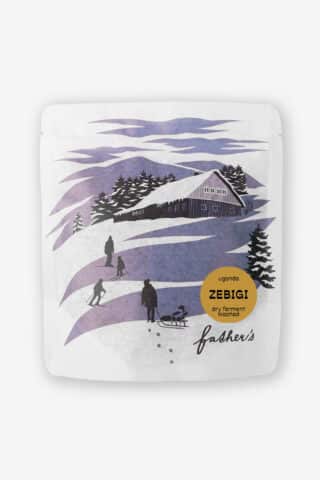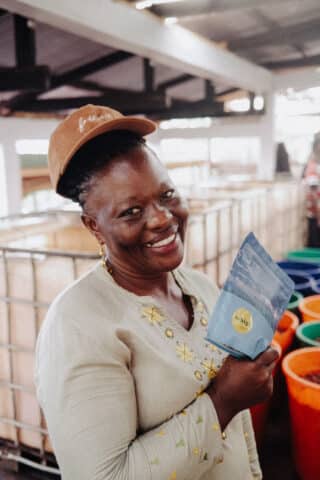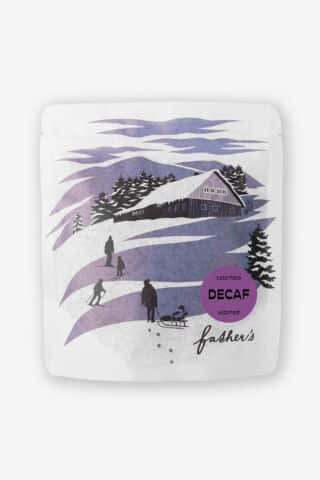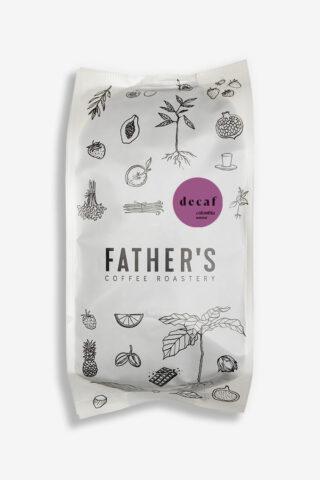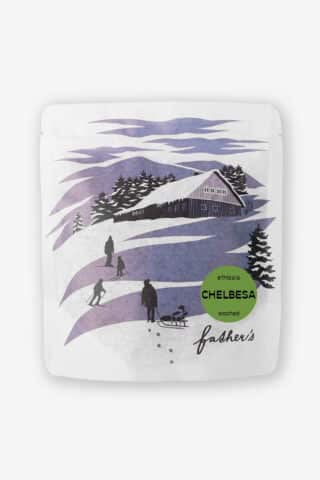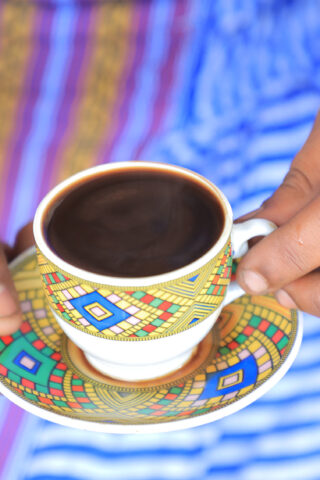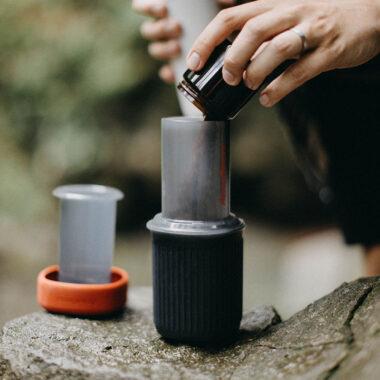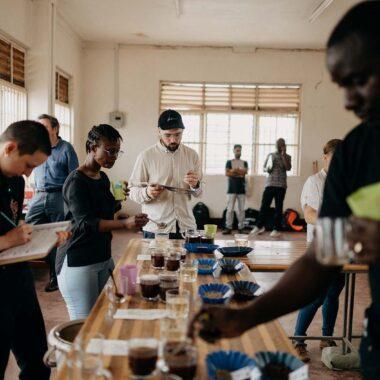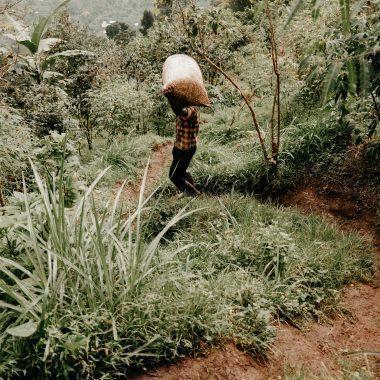What is the V60 filter, and what makes it distinctive?
The V60 is a type of filter coffee dripper developed by the Japanese company Hario. It got its name from its V-shape and 60° angle. The V60 was introduced by Hario in 2005 after many years of research and has since become a popular choice for coffee preparation. This is because the taste of V60 coffee is clean, smooth, and complex at the same time, especially with lighter roast coffees.
There are many different recipes for making coffee using V60. However, it is always a matter of balancing the factors that influence the taste as best as possible, such as the coarseness of the grind, the temperature and quality of the water, the method of pouring, the brewing time, or the water/coffee ratio.
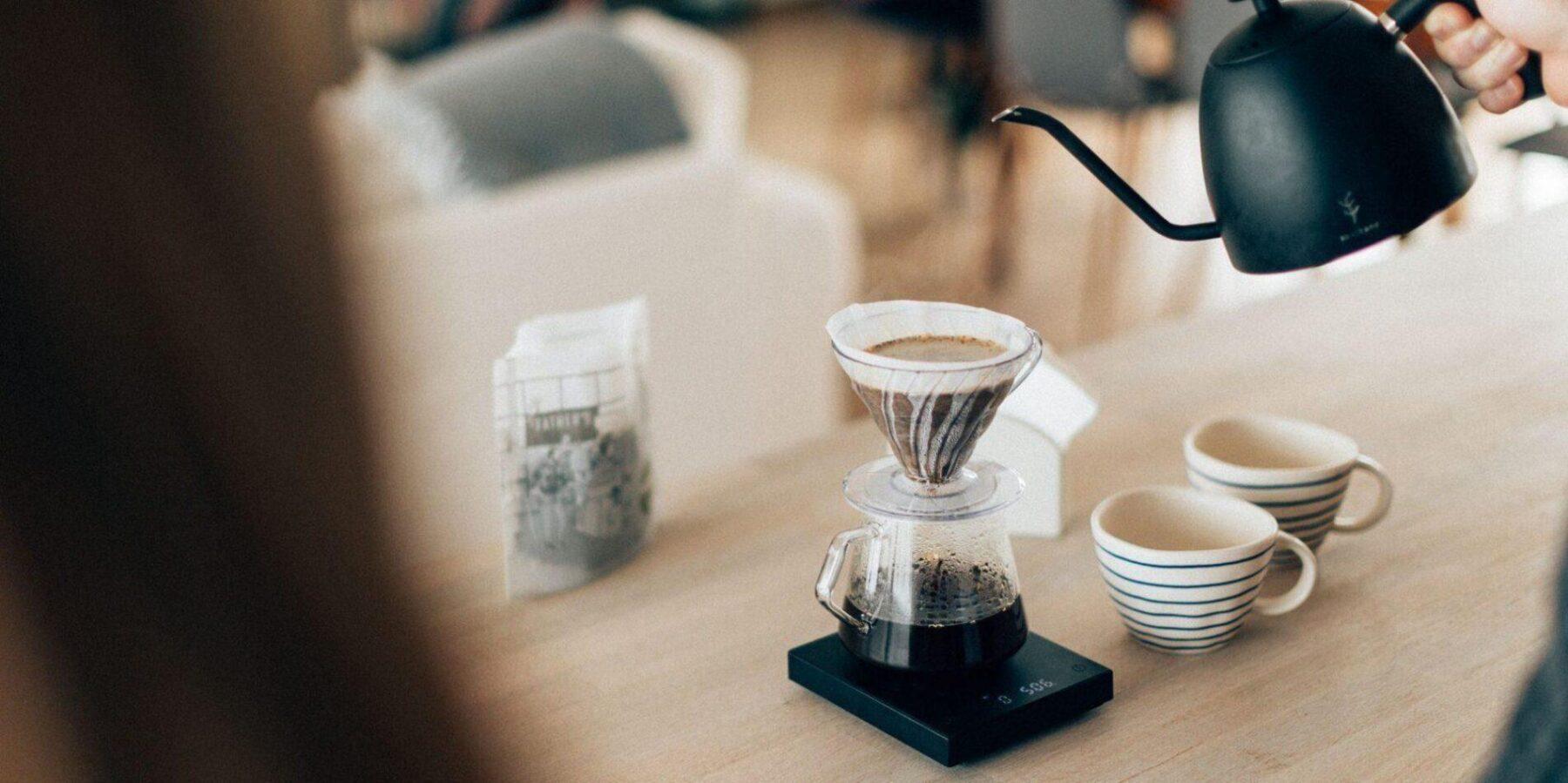
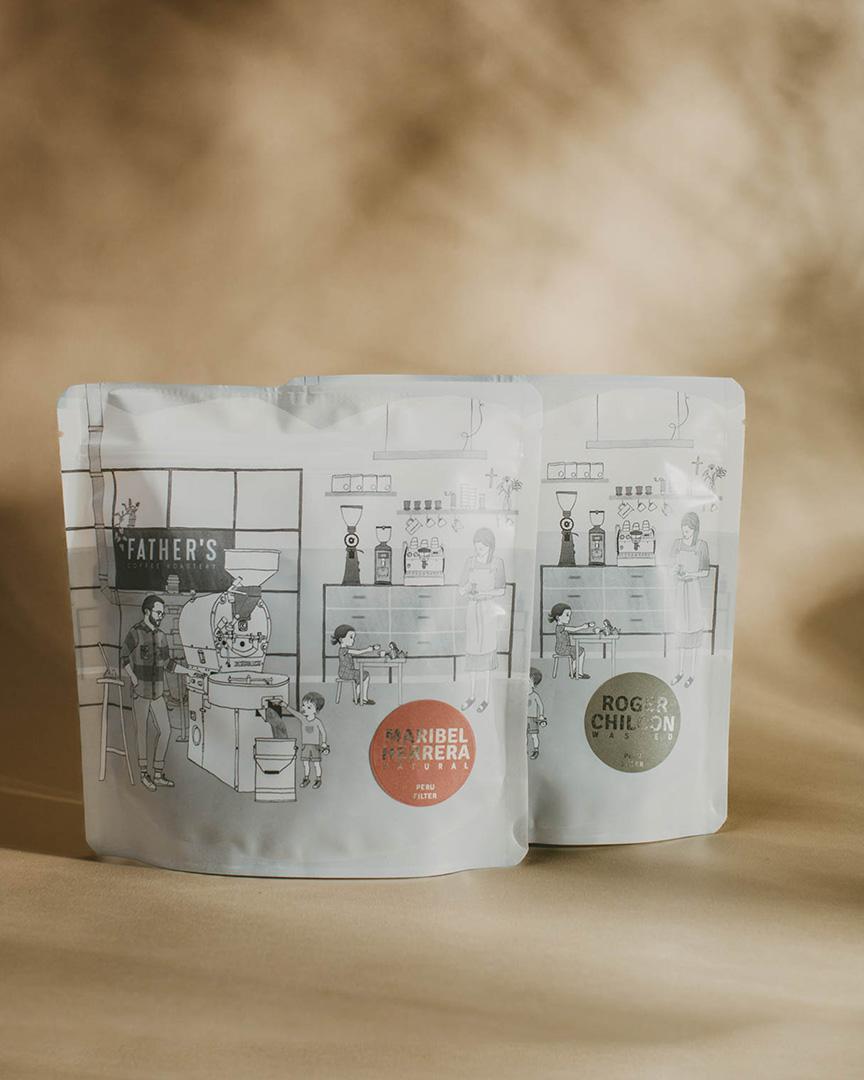
Which coffee to choose for the V60 method?
Ethiopia or Colombia? Washed or carbonic processing? Although carbonic maceration may sound cool, there is a chance you will not like the taste. When choosing coffee, it is not only the country of origin that is important, but also the processing.
How do you know which one you like? There’s only one way to find out: taste and compare. Our e-shop can help you find a selection of coffees from all over the world, processed in several ways. A 10% discount is automatically calculated in your cart when you order two or more packages, and in some cases, you might be eligible for free shipping.
To taste the different types of coffee, you can prepare cupping at home.
The right grind
Generally, the coffee on the V60 should be ground to a medium-fine coarseness. Every coffee has it a little differently and it depends on taste preferences, but there are two points to make the grind a little easier:
If the water runs through the coffee for more than 3 minutes and 30 seconds, we recommend coarsening the grinding level. If it’s been flowing for less than 2:30, then soften it.
If the coffee tastes too bitter and intense, we recommend coarsening the grind. If it is too watery or too acidic, soften it.
What grinder to choose? We like the Timemore Chestnut C2 and grind between 15-17 clicks. We like Timemore for its great performance/price ratio: it grinds evenly to 30 coarseness and is very user-friendly. If you have a different grinder at home, we recommend looking specifically at whether it grinds evenly. For grinding coffee, therefore, chopping grinders with blades are not recommended, but those with metal grinding stones. If you don’t have one of these at home, you will probably have to buy a new one. Also, remember to clean the grinder regularly.
Good water makes good coffee
Behind every good filter is good water. This fact is quite often overlooked, even though the water content of filtered coffee can be as high as 98.7%. Therefore, it has a huge impact on the final taste of your cup.
So what water to use? The ideal water should be soft in the first place. Calcium and magnesium are the main influences on water hardness and the ideal amount of calcium and magnesium in filter water is 51-68 mg/liter. Unfortunately, few places have such water flowing directly from the tap. You can replace it in two ways: by installing a filter directly under the tap, which is a practical and environmentally friendly but relatively expensive solution, or by using a BWT or Brita filter kettle. If you want to find out how hard the water from your tap is (and whether you need a kettle at all), BWT also makes simple water tests that you can use at home to check the hardness.
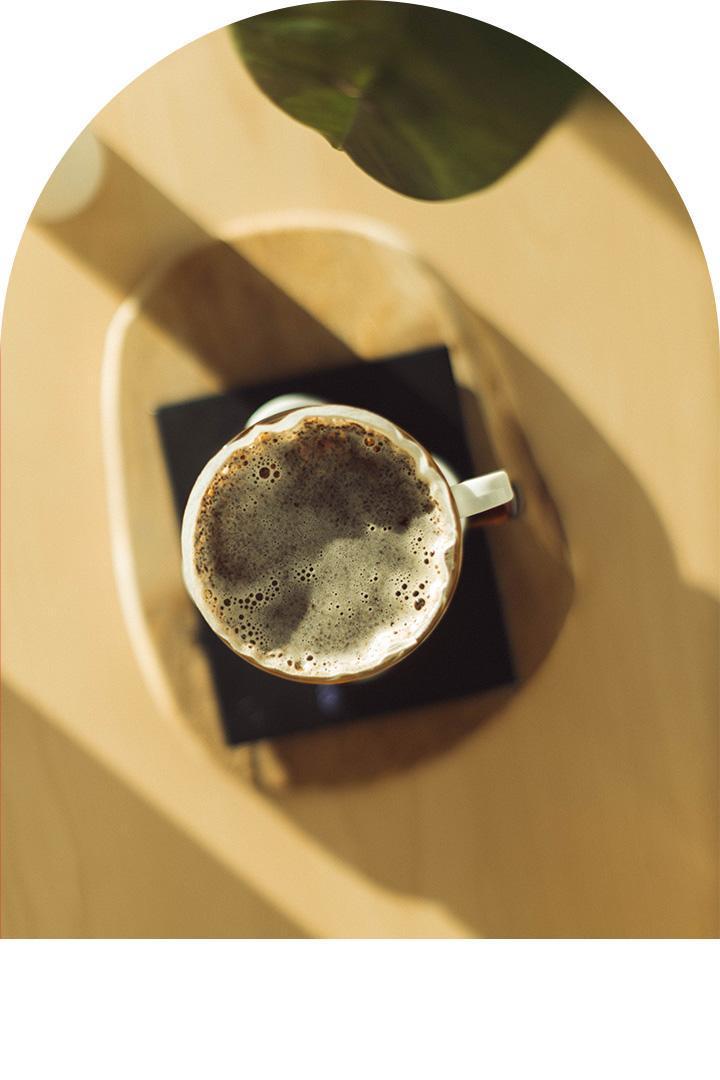
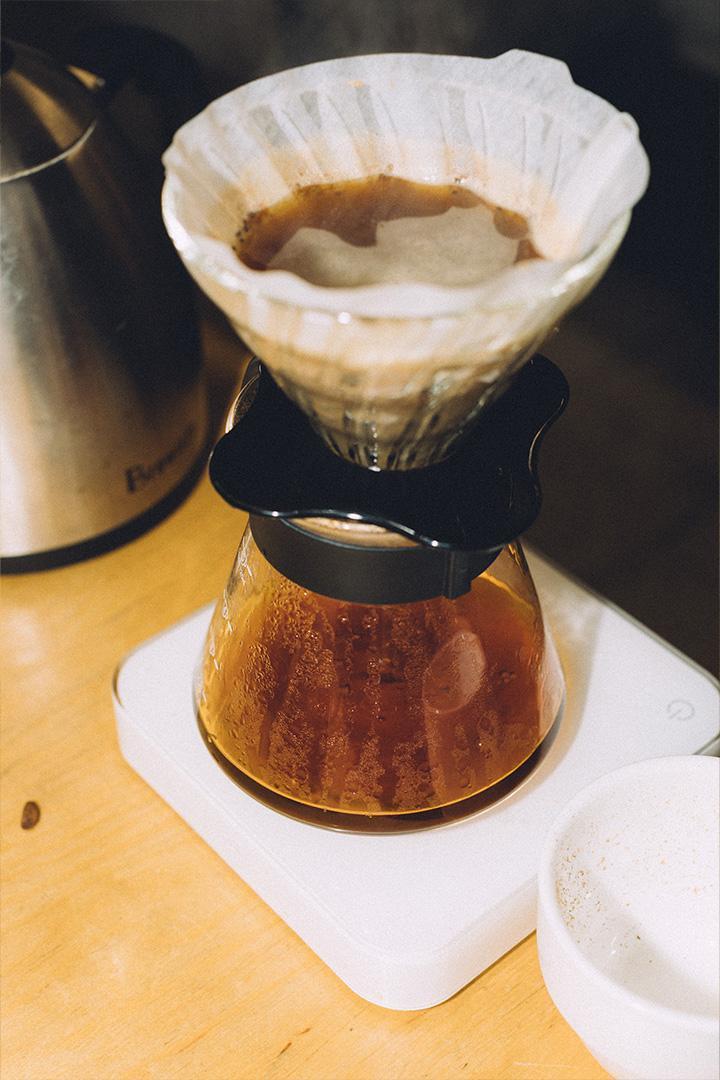
Are you traveling or want to test the difference in taste before buying a filter? Bottled water can be an alternative to a kettle. There are plenty of them, so how do you choose the right one?
There are two things you should look for: the dissolved solids content (which should be around 100-150 mg/l) and the amount of potassium in the water, which affects the acidity of the coffee. Ideal water should have a pH of around 6.5-7.0, which corresponds to 20-40 mg of potassium.
The water temperature and flow
Water temperature is another important factor that affects coffee extraction. The ideal temperature for the filter is 94-96 degrees. This is easily achieved by bringing the water to a boil and then pouring it into a room-temperature dripper.
Better extraction is achieved when the coffee is extracted evenly. This is easily done by using a narrow, gooseneck kettle and pouring the water into the V60 filter in small circles. However, even this differs from preparation to preparation.

We like to experiment with coffee but when it comes to equipment, we stick with the proven classics. Those are the brands Timemore and Hario – reliable and quality products we have been using for a long time now.
We like the iconic Hario V60 dripper in its plastic version – it’s probably the most economical coffee tool. It’s solid, lightweight, and relatively unbreakable (compared to the more elegant ceramic dripper, for example), and it’s great for travel. Plus, it holds the temperature perfectly while brewing.
We use bleached filters of the same brand made in Japan: they don’t leave a paper aftertaste in the coffee and they adhere perfectly to the dripper wall. The European ones flow much slower because they have different porosity and are not as good.
What you let the coffee drip into is pretty much up to you. We like the Japanese Kinto design tea/coffee pots, but you’ll be fine with a different teapot at home, or perhaps a mug that you’re going to drink the coffee from straight away. We just recommend heating it up with hot water beforehand, so that the coffee doesn’t cool down too quickly after dripping.

As we have already mentioned, the recipe always varies according to the barista’s preferences. We bring you the best recipes from our roastery. Maybe you’ll find your favorite.
Ondrej
20 g of coffee
300 ml of water
100°C
Grinding: Baratza Encore (8-10 clicks), Fellow Ode (3-4 clicks)
In the first stage, pour 70 ml of water over the coffee and stir so that no dry spots remain in the coffee. Leave to stand for 30 seconds. This stage is called blooming when the flavors of the ground coffee develop.
After the blooming phase, add the remaining water (230 ml), pouring in circles. The pour should be done in about one minute. At this point, gently circle the V60 to ensure that the coffee left on the dripper walls is also involved in the extraction. At the same time, this movement ensures a flatbed, which also helps with even extraction. Let the coffee drip through completely.
Petr
15g of coffee
250ml water
100°C
Grinding: Timemore Chestnut C2 (15-17 clicks)
In the first stage, pour 50ml of water aggressively over the coffee and stir with a spoon to moisten all the coffee. Leave to stand for 30 seconds. In the second step, pour 100 ml in an aggressive circular motion to mix the coffee.
At one minute, pour in the last 100 ml in a gentler, circular motion and twist the V60 to flatten the coffee.
The total extraction time should be between 2:30 and 3:20, depending on the coffee.


